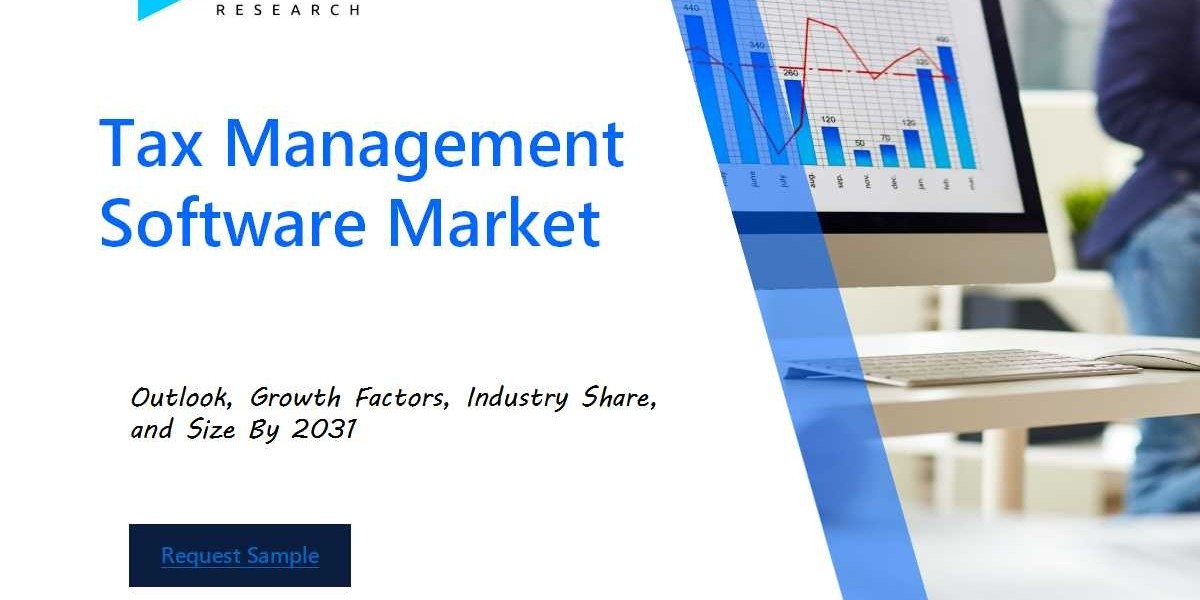The global polyisobutylene (PIB) market was valued at USD 1.87 billion in 2020 and is projected to grow at a compound annual growth rate (CAGR) of 4.0% from 2021 to 2028. This growth is primarily driven by the wide range of applications of polyisobutylene across various industries. These applications include its use in adhesives and sealants, rubber components in the automotive sector, as well as in fuel and lubricant additives. The growing popularity of tubeless tires in the automotive industry has also contributed to this market expansion. Tubeless tires offer advantages such as ease of replacement and lower maintenance, and polyisobutylene plays a key role in this by serving as an effective oxygen barrier, which makes it an ideal material for the inner liners of tubeless tires. Notably, polyisobutylene is valued for its low moisture and gas permeability, as well as its excellent electrical insulation properties.
The COVID-19 pandemic led to a significant shift towards remote work, which in turn resulted in increased voice traffic, higher residential broadband usage, and an uptick in mobile data consumption. In response, the telecommunications industry adapted rapidly, with an increased reliance on optical fiber technology to ensure reliable internet connectivity and enhance the overall user experience. This expansion of the telecom sector is expected to positively impact the demand for polyisobutylene, particularly as a key material in cable insulation for electrical and electronics applications.
Gather more insights about the market drivers, restrains and growth of the Polyisobutylene Market
Application Segmentation Insights
Lubricant additives dominated the polyisobutylene market, accounting for over 55.0% of total revenue in 2020. The increasing industrial production in the Asia Pacific region, along with rapid industrialization, is expected to drive the demand for industrial oil products in the coming years. Sectors such as chemicals and mining are projected to be among the largest consumers of industrial lubricants, which will likely fuel demand for polyisobutylene in applications such as hydraulics, industrial engines, centrifuges, compressors, and bearings.
The global automobile industry is also experiencing a rise in demand for both passenger and commercial vehicles, driven by population migration to urban areas and the increasing need for private and public transportation. In addition, the global expansion of e-commerce and logistics is expected to further boost the demand for commercial vehicles. Polyisobutylene is widely used as an additive in engine fuels, where it prevents the formation of soot, sludge, and other deposits on engine parts. This trend is anticipated to strengthen the demand for lubricants and, in turn, support the growth of polyisobutylene as a lubricant additive during the forecast period.
Polyisobutylene's non-conductive electrical properties and hydrophobic nature make it an ideal material for use in the cable industry. It is commonly used as a filling compound in copper and fiber optic cables, where it helps to prevent water ingress and spaces the conductors. By flooding the armored layers of the cables, polyisobutylene protects against potential dielectric issues and provides insulation for optical fibers and metal conductor wires, particularly in the event of faults or damage to the cable covering or joints.
Order a free sample PDF of the Market Intelligence Study, published by Grand View Research.








